|
Did you know that Nevada is one of the most biologically diverse states? With 309 endemic species and subspecies, Nevada ranks 6th in endemics and 11th in total species diversity. Despite this breadth of species, Nevada had the 3rd highest number of species at risk. The most recent Nevada Wildlife Action Plan, published in 2012 listed 256 wildlife species of greatest conservation need and 22 key habitats. Thankfully, there is a bill making its way through Congress that seeks to protect and restore species of greatest conservation need. The Recovering America's Wildlife Act (RAWA) would provide over $30 million annually to support wildlife conservation, habitat management and restoration, outdoor recreation, and conservation education programs in Nevada. Species like the Greater Sage-Grouse and Pinyon Jay would greatly benefit from these funds. This bill is co-sponsored by Senator Jacky Rosen, Representative Mark Amodei, Representative Steven Horsford, and Representative Dina Titus. Please write to your congresspeople to thank them for their support of this important legislation. Use the link below to share your support.
We are excited to announce the return of the Spring Wings Birding Festival at the Lahontan Valley Wetlands. We are working with Stillwater National Wildlife Refuge, Friends of Stillwater NWR, Nevada Department of Wildlife, Fallon Paiute-Shoshone Tribe, Great Basin Bird Observatory, and the City of Fallon to host self-guided tours of Stillwater NWR, Carson Lake WMA, and the Fallon Paiute Shoshone Wetlands. We are recruiting volunteers to be stationed at these three locations and help participants spot and identify birds.
The festival is scheduled for for Saturday, 4/30, and Sunday, 5/1. Volunteers are needed for two shifts each day, 7:30-11:30 and 11:00-3:00. Please let us know if you are interested and available to volunteer. Did you know that Pinyon Jay populations have declined 80% since the 1960s? Here is your opportunity to help scientists understand why this species is in decline and how we can help to conserve them. Lahontan Audubon Society is partnering with the Great Basin Bird Observatory (GBBO) to recruit community scientists to conduct Pinyon Jay surveys. No experience is necessary and birders of all levels are welcome. This is a great opportunity to learn about a local species and support conservation efforts. Surveys require a smartphone app or a handheld GPS.
Each month we will host a field trip where new volunteers will meet our experienced surveyors to learn the survey protocol and share their experiences. Send us an email to RSVP. Click below to fill out our volunteer form or watch our Pinyon Jay presentation on our YouTube Channel. 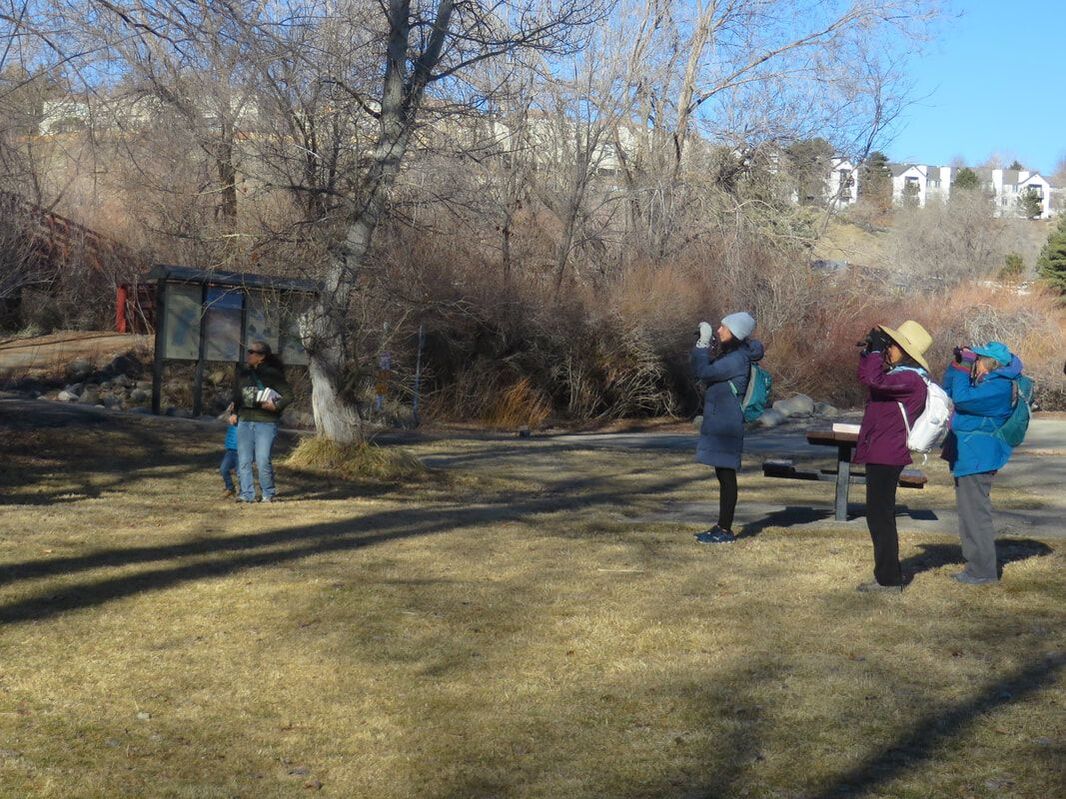 Thank you to everyone who joined us for our first Field Trip Guide Workshop! We had 14 participants join in the fun, including a mix of veteran leaders and new leaders. It was such a great opportunity to exchange ideas and go birding with a great group of people. Along the way we saw Common Goldeneyes, Red-shouldered Hawks, Cedar Waxwings, American Robins, Northern Flickers, and more. If you weren’t able to join us this time, and are interested in leading or co-leading a field trip don’t worry, we will have additional opportunities to get involved. The only prerequisite to be a guide is having a passion for birding, birders of all levels are welcome. Send us an email if you are interested in learning more about leading a field trip. We are so excited to be launching the Pinyon Jay Community Science Project with our partners at Great Basin Bird Observatory (GBBO). This project will allow birders of all levels to participate in the conservation of an iconic Nevada species. GBBO is setting up a website that will be the clearinghouse for all things Pinyon Jay, including information on the species, how to get involved, and maps sharing the importance of the work of our community scientists. To support this website, we submitted a proposal for the George Whittell Nevada Environmental Fund and recieved a grant to pay for the first year of this program. We are excited to bring on more volunteers to join in this effort. No experience is necessary and this is a great opportunity for birders of all levels to support an important conservation program.
From February 4th through the 6th, former LAS vice-president Alan Gubanich led a birding class to the Tule Lake and Lower Klamath Wildlife refuges on the California/Oregon border. This field trip was hosted through Truckee Meadows Community College. The goal of this class was to view the wintering species at the refuges, including Bald Eagles, Tundra Swans, and Snow Geese. The diversity at the refuges was impressive, as participants observed Great-horned Owls, Sandhill Cranes, Common Mergansers, and too many Bald Eagles and Snow Geese to count! Our staff was along for the ride, at this adventure! We were able to keep eBird lists of the species, which were summarized in the trip report below. We also captured a video of Snow Geese flocks in flight, to show how impressively big the truly are. Click on the buttons below to view either. A huge thank you to Alan for organizing this event and sharing his passion for birding with the greater community! Photographs were taken by Alan and Parker Flickinger.
February Monthly Meeting: Avian Scatter-hoarders and Their Impacts on Plant Communities - 2/22/20222/7/2022 Join us for this exciting virtual meeting where Lindsay Dimitri will share some of her research on how birds can act as restoration specialists. When people think of birds and seed dispersal, they generally think of a bird consuming a fruit and passing the seeds intact (endozoochory). However, many plants rely on scatter-hoarding by birds in order to disperse their seeds. We'll review seed dispersal by birds in general, then dive into an often-overlooked plant-animal interaction, with examples from local ecosystems as well as other fascinating interactions that have been observed globally.
About The Speaker: Lindsay Dimitri earned her M.S. at the University of Nevada, Reno studying the seed dispersal systems of western and Utah juniper. During her master's, she was the teaching assistant for Field Ornithology for 3 semesters helping students learn to identify the birds of Nevada. She's volunteered on 3 bird surveying efforts in Ecuador, and also surveyed herpetofauna in Costa Rica. Lindsay worked at the USDA Great Basin Rangeland Research Station for 17 years where she studied the impacts of invasive weeds on birds and small mammals, small mammal population dynamics, juniper seed ecology, and cheatgrass genetics. She recently began teaching 7th and 8th grade science at the Mountain View Montessori School, where she hopes to inspire future birders and naturalists. The photo results are in! Click below to see a slideshow of our winner and honorable mentions:
|
topics
All
Archives
July 2024
|
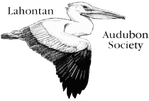

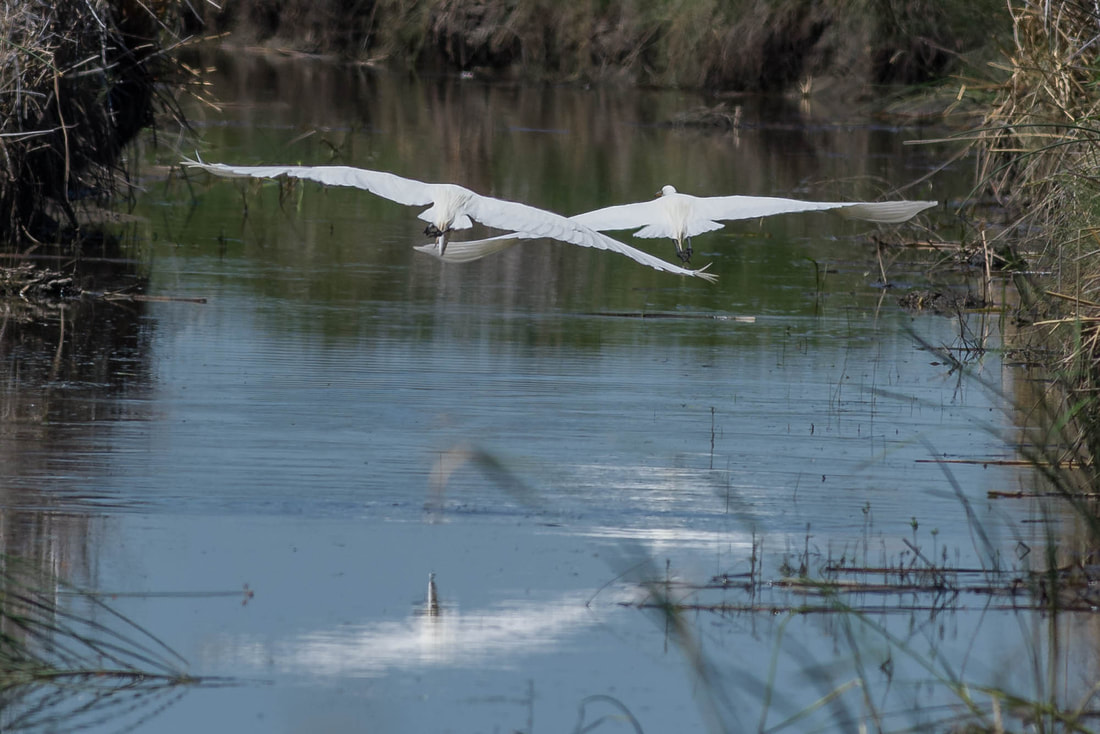
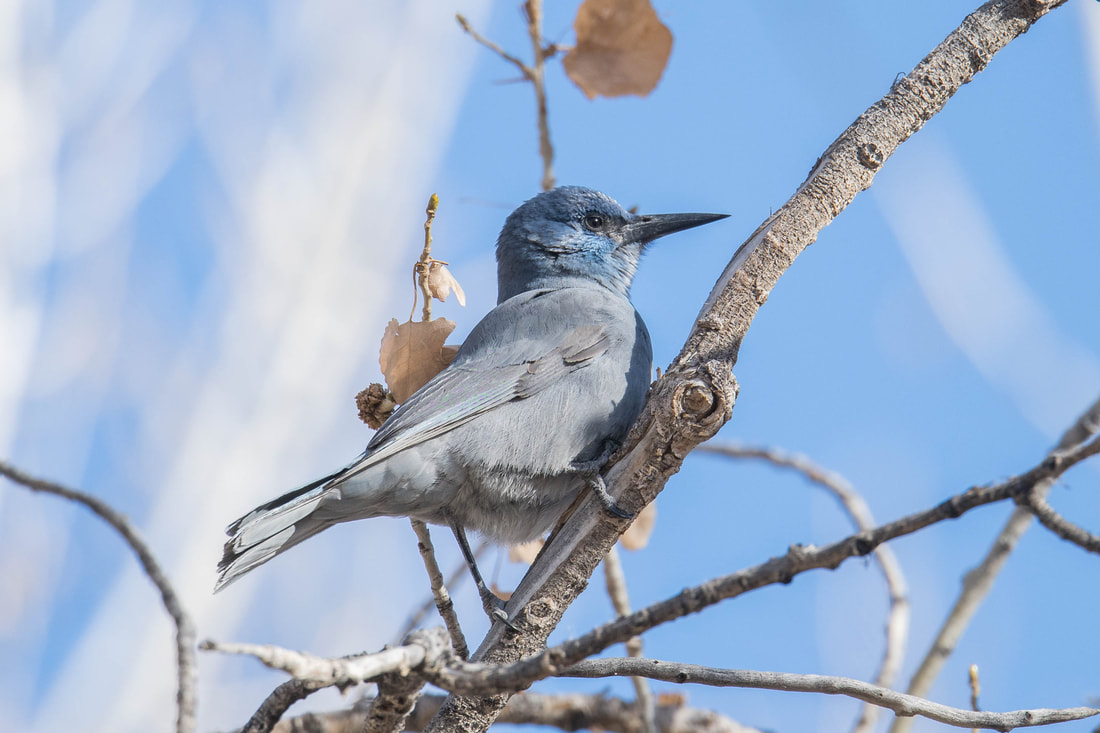
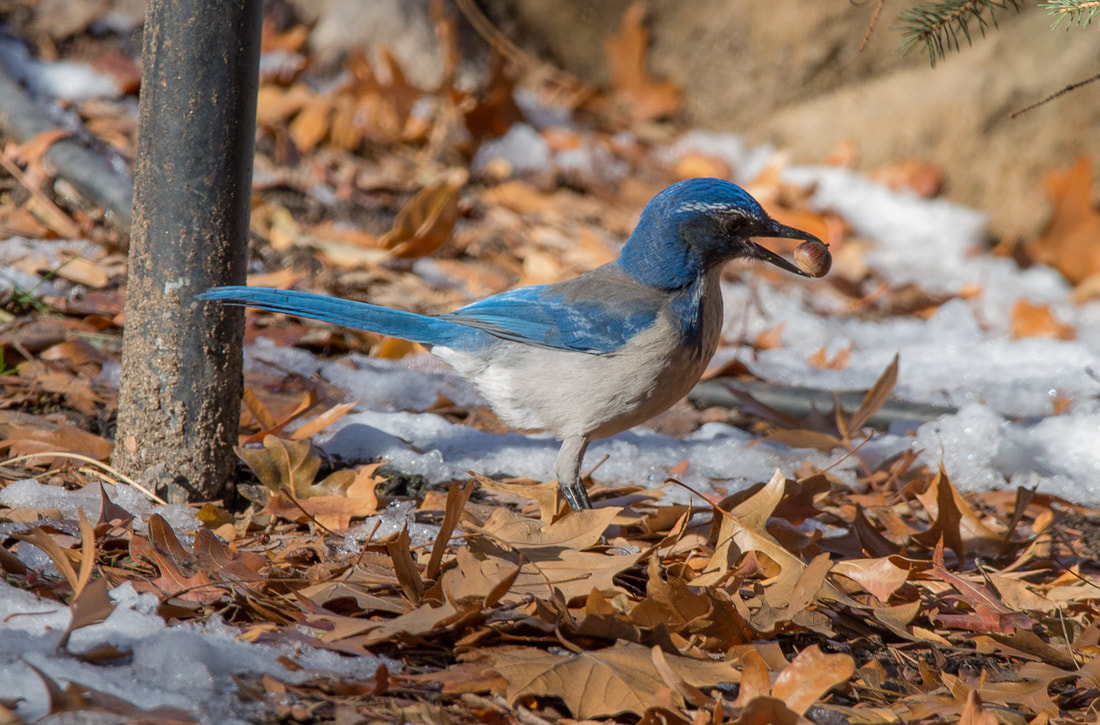
 RSS Feed
RSS Feed